Possible problem with apricot tree
devilwoman
15 years ago
Related Stories
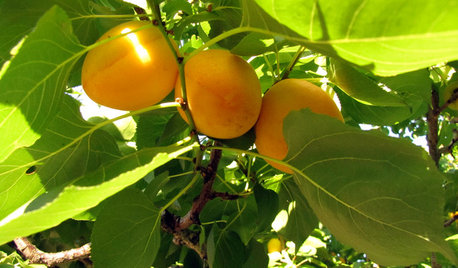
EDIBLE GARDENSHow to Grow Your Own Apricots
Velvety fruit, pretty blossoms and interesting bark make apricot trees a delight — and they’re great for smaller gardens
Full Story
ECLECTIC HOMESHouzz Tour: Problem Solving on a Sloped Lot in Austin
A tricky lot and a big oak tree make building a family’s new home a Texas-size adventure
Full Story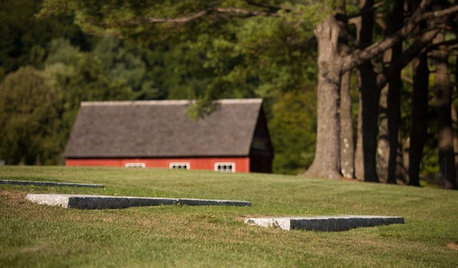
LANDSCAPE DESIGNProblem Solving With the Pros: Rustic Simplicity in a Country Garden
Editing thoughtfully and adding some magic result in a timeless weekend retreat
Full Story
LANDSCAPE DESIGNProblem Solving With the Pros: How to Build a Garden in an Urban Canyon
Skyscrapers, noise and deep shade create an unlikely sweet spot for a timeless green retreat in New York City
Full Story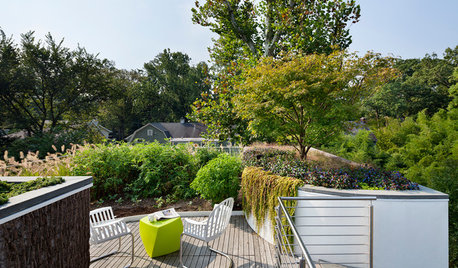
LANDSCAPE DESIGNProblem Solving With the Pros: Sustainable Landscape Captures Runoff
An underground cistern, permeable paving and a rain garden are part of this Washington, D.C. yard's thoughtful design
Full Story
EDIBLE GARDENSHow to Grow Your Own Luscious Cherries
Nope, they’re not the easiest fruit to grow. But with spectacular blossoms and pies as possibilities, cherries are sure worth a try
Full Story
EDIBLE GARDENSHow to Grow 10 Favorite Fruit Trees at Home
Plant a mini orchard in fall, winter or early spring to enjoy fresh-off-the-tree fruit the following year
Full Story
SPRING GARDENING7 Spectacular and Practical Spring-Flowering Trees
Put on a beauteous show in the garden with a landscape tree awash in flowers — just do your homework first
Full Story
EDIBLE GARDENSGrow Plum Hybrids for Your Favorite Fruit Flavors
Plums are cozying up with apricots, peaches and even cherries — here’s how to grow these hybrids for the best aspects of each
Full Story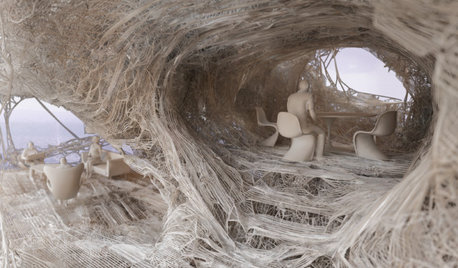
ARCHITECTUREDiscover the Intriguing Possibilities for 3D Printing for Architecture
Would you live in a home made of printed plastic? With 3D printing, the options push architecture's limits
Full StoryMore Discussions







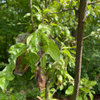
Scott F Smith
devilwomanOriginal Author
Related Professionals
Folsom Landscape Architects & Landscape Designers · Buford Landscape Contractors · Milford Landscape Contractors · Addison Landscape Contractors · Columbine Landscape Contractors · Kerman Landscape Contractors · Longview Landscape Contractors · Mashpee Landscape Contractors · Maywood Landscape Contractors · Newnan Landscape Contractors · Ocoee Landscape Contractors · Paterson Landscape Contractors · Plymouth Landscape Contractors · Pompano Beach Landscape Contractors · Vallejo Landscape Contractorstheaceofspades
devilwomanOriginal Author
marknmt
devilwomanOriginal Author
estreya
Scott F Smith
devilwomanOriginal Author
Scott F Smith
biologist2wildlife
stevergossard_yahoo_com